By Ann Lemon
As my graduate school professors constantly reminded us, designers are “artists, first.” Our intuitive response to life is to observe it, imagine it, and record it visually.
Around the world artists, musicians, writers, illustrators and designers are responding to and documenting the Covid-19 pandemic. These artifacts are accumulating as a collective journal and will become part of our American (global) historical record.
I wanted to give our students in Historical Survey of Graphic Design (B) a chance to process and express their thoughts, opinions and emotions about the crisis we are all living through.
For their final assignment I asked students to collect facts from credible, scientific sources such as the C.D.C. and W.H.O., and identify a favorite specific piece of design discussed in the course. They then replicated their chosen artist’s style to create a poster that deals with some aspect of the pandemic.
The practice of trying to dissect and match a designer’s style (I call it “match the hatch” – as in fly fishing) gets students to discern small differences in typography, color, and other design elements, and discover the principles used by their predecessors. Dissecting and then replicating the elements of another designer’s work expands our design vocabulary.
I believe that if a student REALLY understands and identifies with the work of just one or two artists they hadn’t heard of before this class – really deeply integrates them into their consciousness – the course is a success.
A designer friend says she will never forget the exact place she was sitting in a classroom when she first saw the work of William Morris. I still remember the student project I did as an undergraduate, about Alexey Brodovitch. To this day, when I come across his work, or a reference to it in a contemporary piece, I feel like he is “my” guy.
The resulting posters delighted and amazed me. I honestly did not expect this level of ingenuity and creativity. Some of them are funny, some are deeply insightful, others convey important facts in surprising ways.
I hope that by “standing on the shoulders” of these design giants, these students will never forget the spring of 2020, or the artist they learned about in the middle of the strangest semester in history.
See if you can identify their references!
- AllysonMerz inspired by Piet Mondrian
- Victoria Ruppert inspired by Barbara Kruger
- Heidi Clinard inspired by Isotype(OttoNeurath)
- IlzeSpilde inspired by Saul Bass
- Julia Richardson inspired by James Montgomery Flagg
- Jocelyn McKelvey inpired by Heartfield
- 7.Madeia Cliett_William Longhauser
- 8.EmmelineKnowlan_WolfgangWeingart
- 9.Frank-Pizzuta_Rodchenko
- 10.Luke Hinkley_LesterBealle
- 11.ErinWilliams_AprilGreiman
- Eric Bradley inspired by Lucian Bernhard
- Taylor Blain Studio Dunbar
- Sjon Kilbourn inspired by Christopher Wool
- Michael Strain inspired by Neville Brody
- Aleksandr Dopko inspired by Muller-Hoffman
- MeganLaird inspired by Igarashi
- Joshua Ristovski inspired by Vignelli Associates (International Style)
- Annie Kitchell inspired by Annette Lenz
- Jade Beasley inspired by Isotypes(OttoNeurath)
- Jennifer Dries inspired by Herbert Leupin
- Valerie Nyby inspired by Wes Wilson and Peter Max
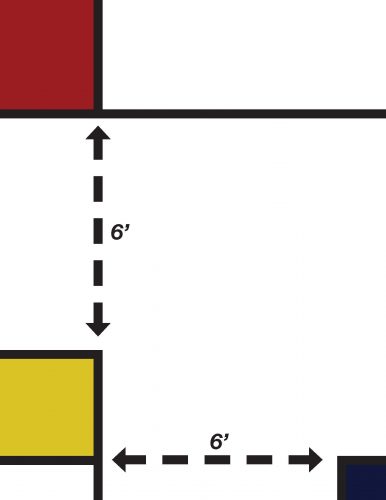

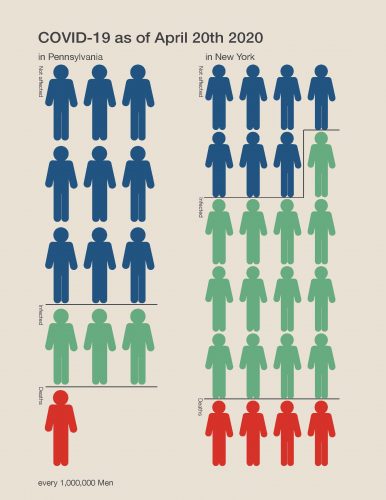
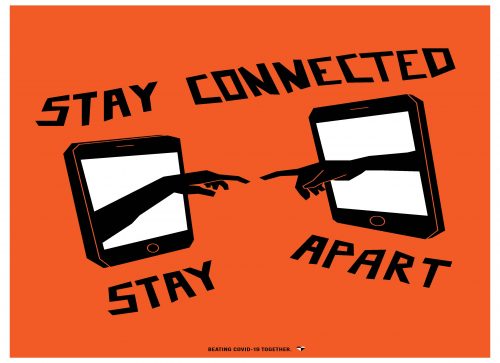



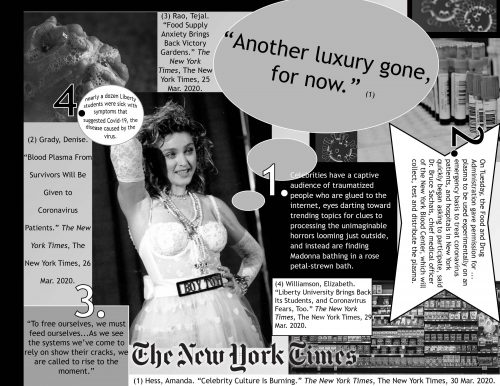

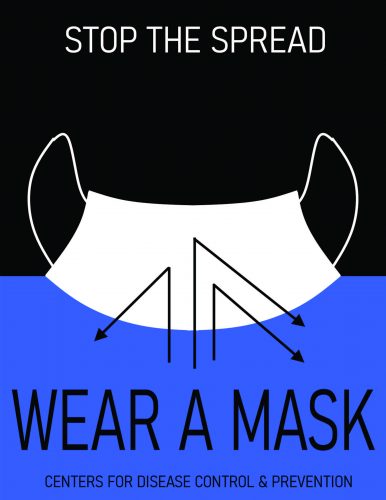

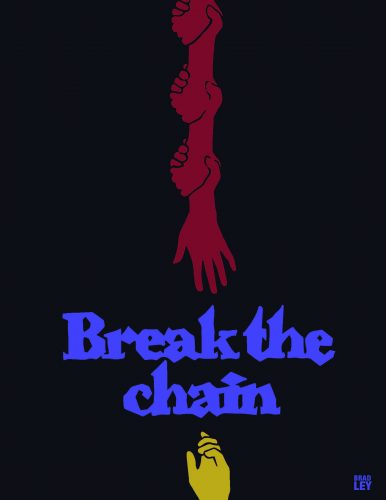

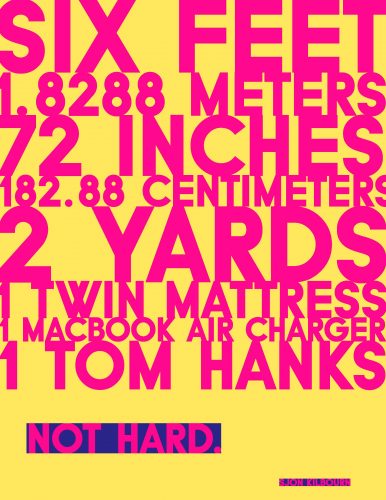



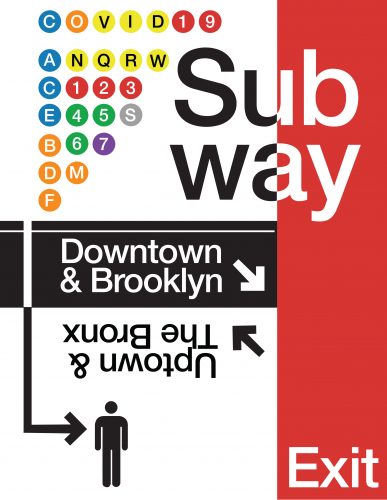
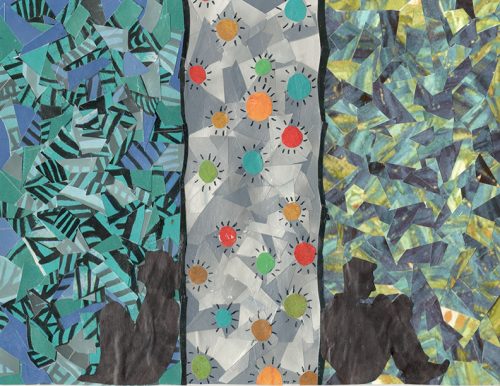
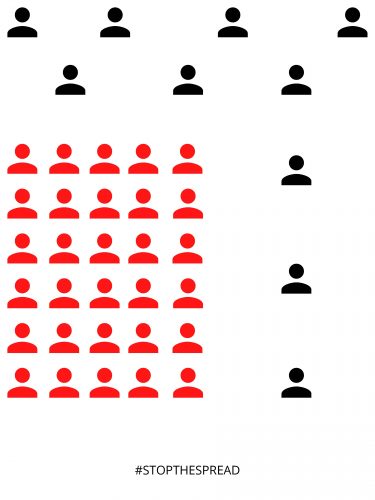
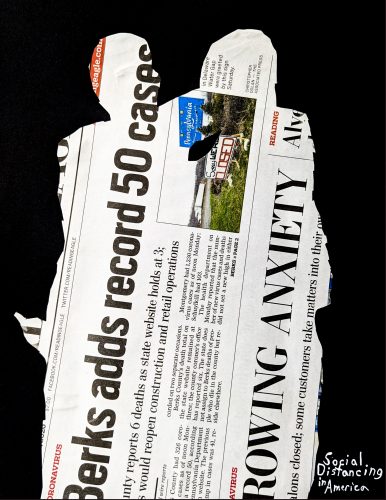




You must be logged in to post a comment.